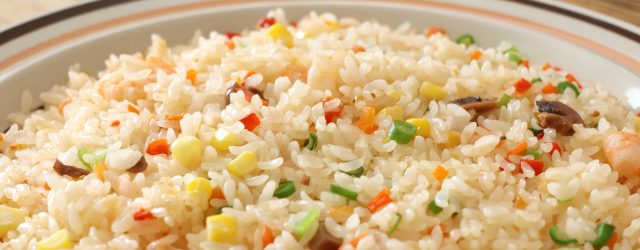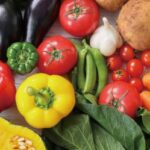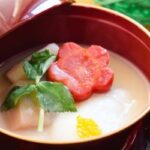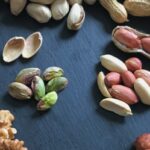
On December 24, 2024, the 3rd Discussion on the Japan’s of Front-of-Package Nutrition Labelling (FOPNL) 2024 (in Japanese) was held.
Based on a survey of current nutrition labelling practices for processed foods (in Japanese), the discussion meeting addressed the following points.
– Handling of foods where nutrient values cause deviations between “as sold” and “as consumed” states in labelling (in Japanese)
– Drafts for the format of the FOPNL (in Japanese) were presented.
Handling of foods where nutrient values change between “as sold” and “as consumed” states in labelling
During the meeting, after categorizing foods with varying nutritional values “as sold” and “as consumed”, the meeting members discussed whether labels should indicate values reflecting the “as sold” or the “as consumed” state.
Here is a brief summary (For more details, please see here (in Japanese)):
| Food Group | Examples | Points to consider |
|---|---|---|
| Foods extracted with water | Tea leaves, Coffee beans | Foods with simple preparation methods – Either “as sold” or “as consumed” state can be selected. – If labelling “as consumed”, (1) indicate the food unit that clarifies the post-preparation state, and (2) indicate the preparation method to ensure the type and amount of ingredients used are clear. |
| Foods diluted with water | Concentrated beverages | |
| Foods desalted with water | Salted wakame seaweed, Salted jellyfish | |
| Foods to be drained from hot water | Cup yakisoba (fried noodles), Fresh noodles | |
| Foods generally consumed with milk | Cocoa, Cereals | |
| Foods prepared using only oil | Agricultural, livestock, and aquatic products that are battered and deep-fried, Frozen pilaf | |
| Mix powder with a name that clearly indicates its use | Hotcake mix, Okonomiyaki (Japanese savory pancake) flour | Foods with various preparation methods Label nutritional values “as sold.” |
| Seasonings indicating preparation methods | Prepared by adding another food Pasta sauce, Pre-packaged ingredients for Japanese seasoned rice, Blended seasonings Prepared by adding other multiple foods Curry roux, Blended seasonings |
*The items in red text have been newly added based on the results of the survey on current labelling practices.
Important: Regarding possible format of the FOPNL for Japan!
Five prototype design options (in Japanese) have been proposed based on requirements (draft) for formats for FOPNL (in Japanese). Additionally, Proposals to change the design for specific nutrients have also been presented to determine whether such changes are needed. (a draft design with reversed color for a specific nutrient from the prototype (Figure 1) and a draft design with combinations of the prototypes, with added or removed borders (Figure 2))
However, some members suggested using a design that alters the original forms instead of black-and-white inversions to ensure that neither is overly emphasized since all nutrients are relevant to health and nutrition policies and no single component is considered superior or inferior from a health and nutrition perspective.


Subsequent moves
The 4th discussion meeting (in Japanese) was then held on January 31, 2025, where the draft guidelines were presented. We recommend that you keep an eye on future moves in food labelling, including the upcoming amendment of the standard values for nutritional labelling (in Japanese). We will keep you informed on the FOPNL system progress in the near future!
Share/Like/Follow:
Newsletter Signup
We issue monthly e-newsletters, which provide you with the latest updates on food labeling/regulations in Japan.
If you want to make sure to not miss any issue, please click below.
Related Service
Research Services on Ingredients & Food Labeling -For the Japanese Market-
We verify the conformity of ingredients and additives with the standards for use in Japan based on specifications such as formulation lists. We also verify the conformity of the proposed labeling of ingredient names, nutrients, etc. with the labeling standards based on specifications such as formulation lists.

Label bank Co., Ltd. Regulatory Review and Development
Born in Japan. Specializing in nutrition, she is engaged mainly in research on ingredients and labeling drafts for food products to be exported from Japan to overseas, as well as in checking the consistency between Japanese and overseas nutrition labeling.






